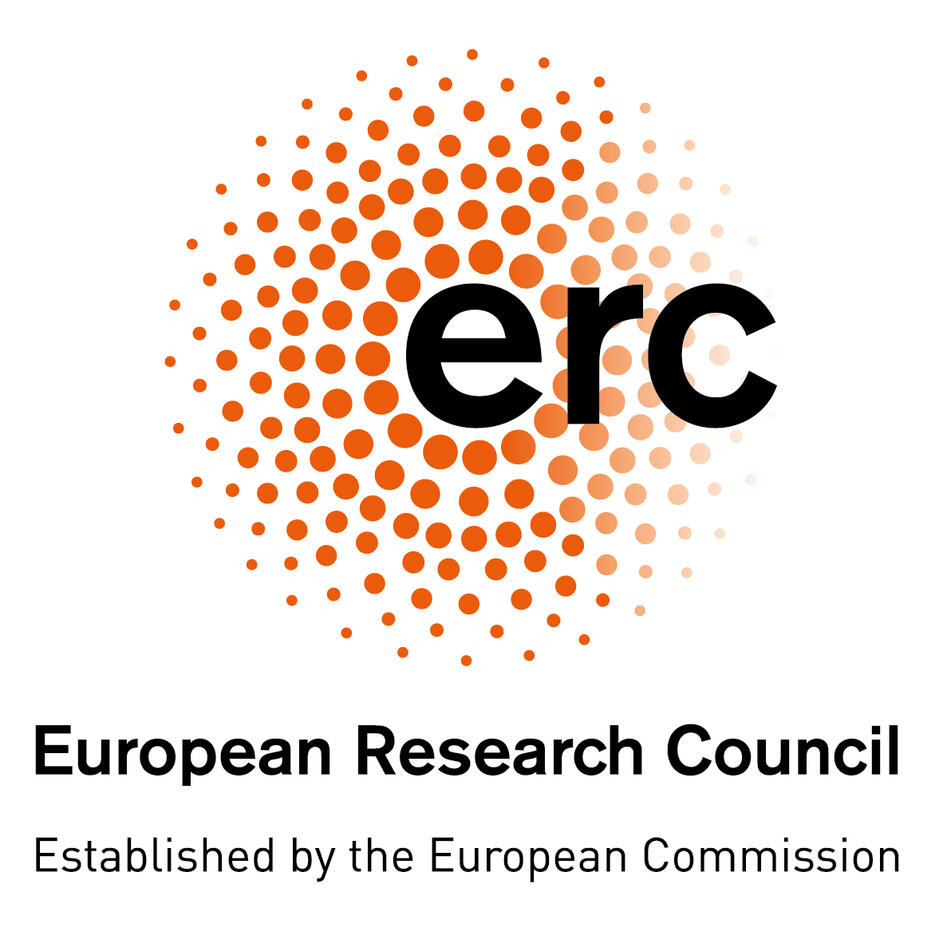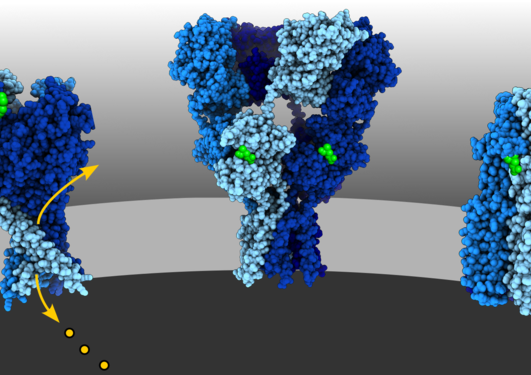The surprising activity of GABA at excitatory invertebrate neurotransmitter receptors
A recent study provides insights into how iGluRs function and reveals an unexpected role of GABA in excitatory signaling in invertebrates.

Main content
In an article published in PNAS, PhD candidate Giulio Rosano, visiting student Allan Barzasi, and group leader Tim Lynagh from the Michael Sars Centre explored a type of cell surface receptor known as ionotropic glutamate receptors (iGluRs). These receptors are crucial for transmitting excitatory signals between cells by binding neurotransmitters and allowing certain ions to pass through cell membranes.
In the vertebrate brain, AMPA- and NMDA-type iGluRs are primarily responsible for excitatory signals. The study focused on another type called delta iGluRs, which form channels in cell membranes similar to AMPA- and NMDA-type receptors but don't get activated by neurotransmitters.
Interestingly, the study found that excitatory delta iGluRs from many animals are activated by GABA, a neurotransmitter typically associated with inhibitory signals. This means that many bilaterians, a significant group of animals like humans, worms, and flies, possess excitatory receptors for GABA. These receptors developed within the traditional excitatory "ionotropic glutamate receptor" (iGluR) superfamily. This discovery challenges the traditional understanding of these receptors.
The researchers identified nine specific amino acid substitutions likely responsible for the inactivity of delta iGluRs in modern vertebrates. These mutations were found to eliminate activity when introduced into active delta iGluRs in invertebrates, partially by inducing receptor desensitization. Thus, the findings also provide insights into how iGluRs function biophysically.
I think the most surprising thing in my research was to find out that GABA was the most potent ligand for the receptors I tested. Until now, this family of glutamate receptors was referred to as ‘orphan’ because of their enigmatic role, now we know a little bit more.
- Giulio Rosano
“I think the most surprising thing in my research was to find out that GABA was the most potent ligand for the receptors I tested” said Giulio Rosano. “Until now, this family of glutamate receptors was referred to as ‘orphan’ because of their enigmatic role, now we know a little bit more. We haven't found their parents yet, but I believe we're on the right track."
The project, supported by a 2018 ERC starting grant, aimed to explore the homologues of vertebrate iGluRs in diverse animals. “We expected some surprises, but to see that the classical inhibitory transmitter of vertebrates is probably contributing to excitatory signaling in invertebrates was a bit of a shock,” said Tim Lynagh. By studying homologous proteins from marine invertebrates, the researchers gained insights into how inactivity evolved in vertebrate homologues. “This opens the door to numerous biophysical and pharmacological studies dissecting the function of the human homologue that were previously inaccessible,” he said.
For Giulio, the research underscores the importance of caution when inferring neuronal functions from the mere existence of certain genes, considering the swift evolution of ligand sensitivity across various receptor families and animal species. “I think it would be amazing to test these glutamate receptors that are activated by GABA in their native system, in vivo or ex-vivo. I would love to see if GABA would be able to trigger an action potential in these animals, the stage is set,” he concluded.

